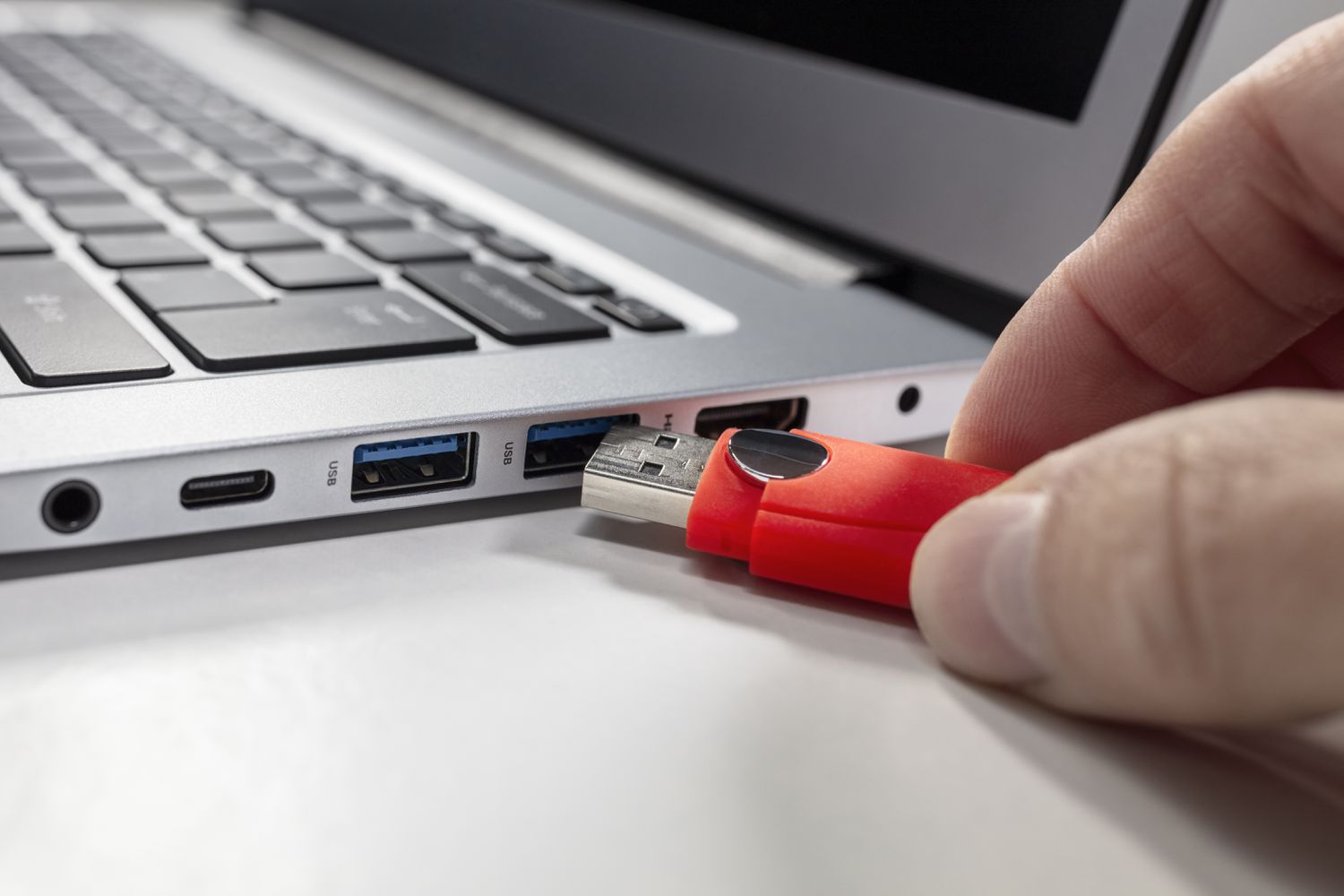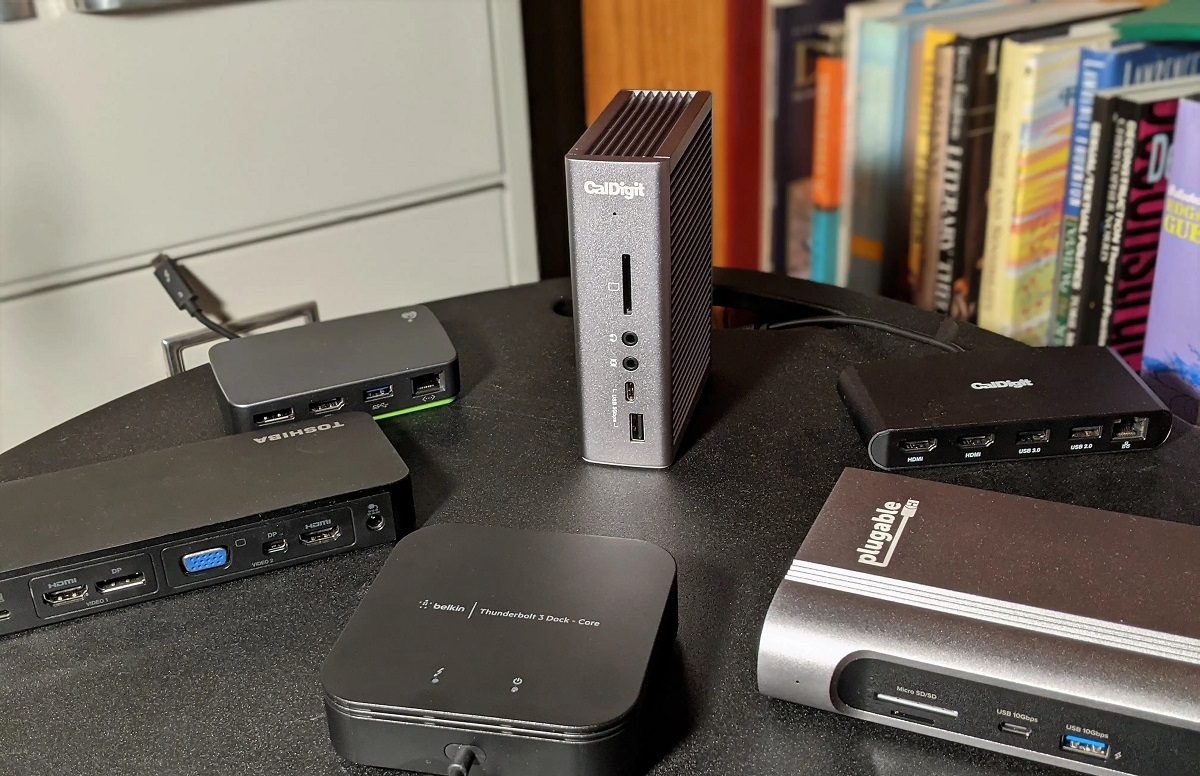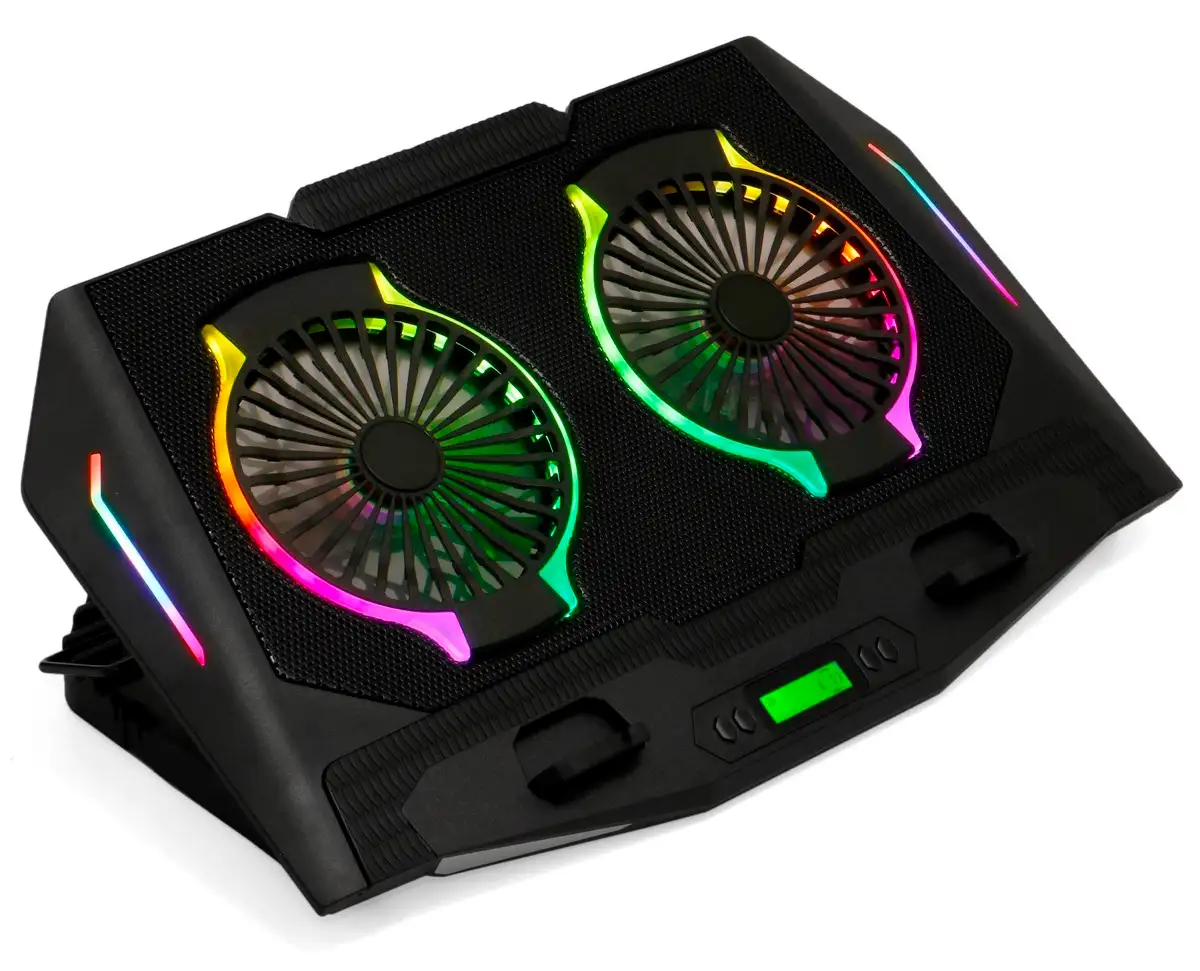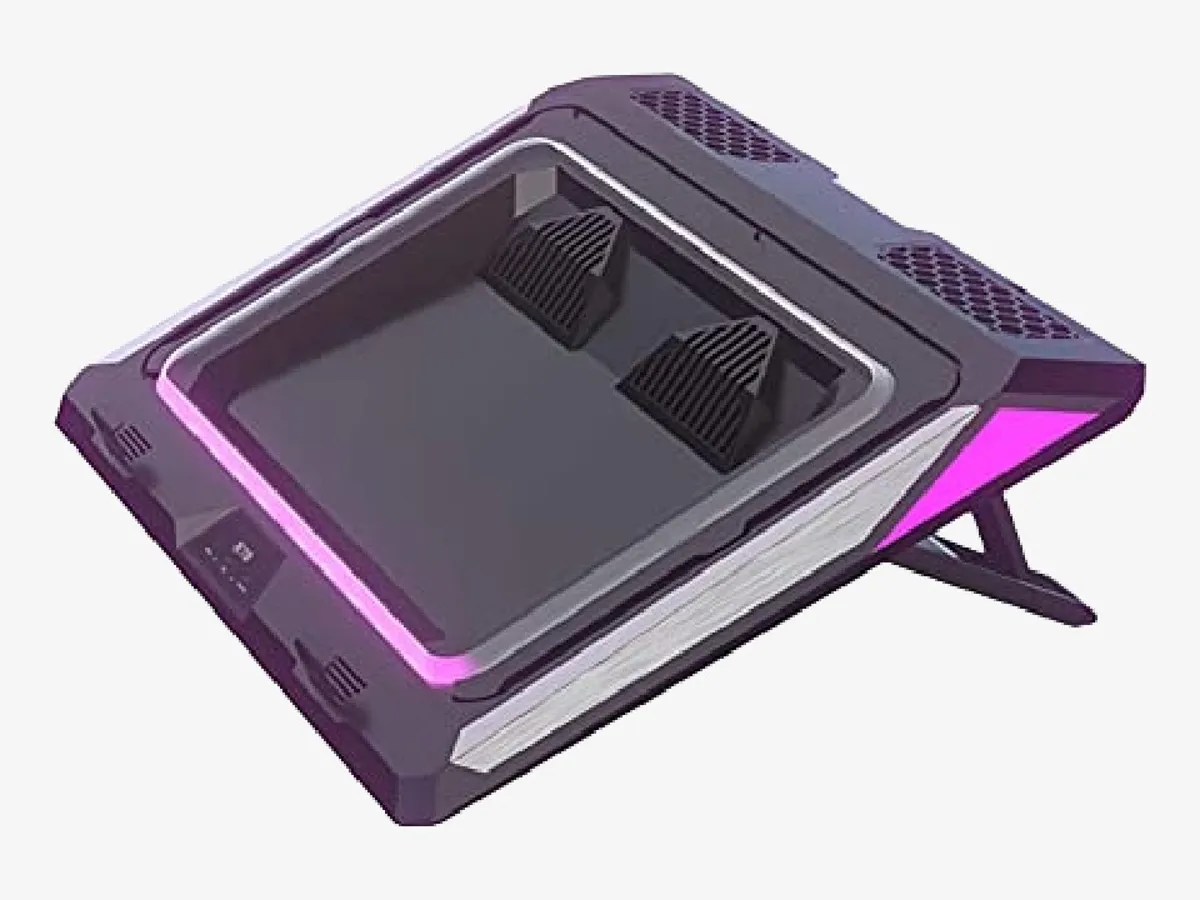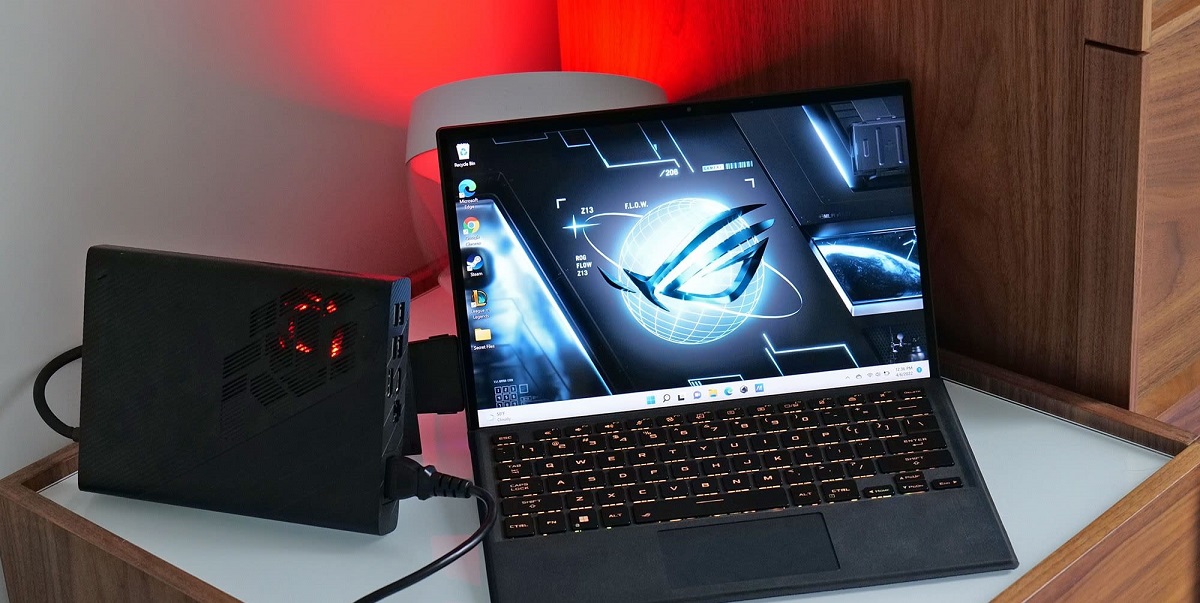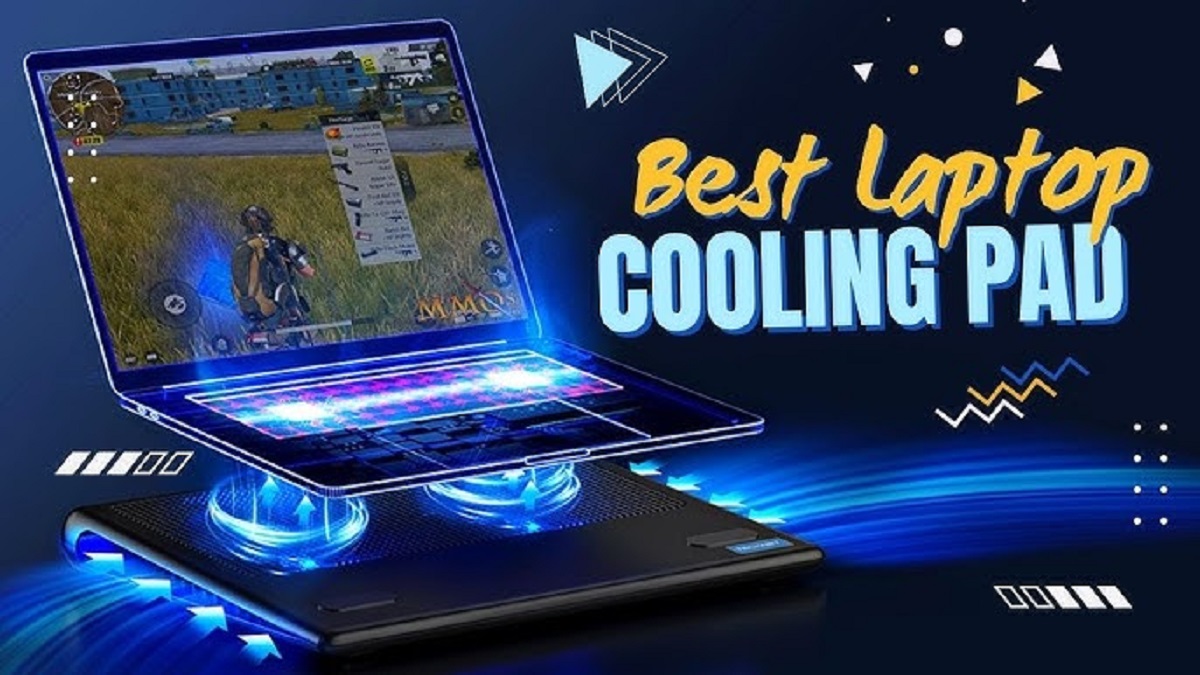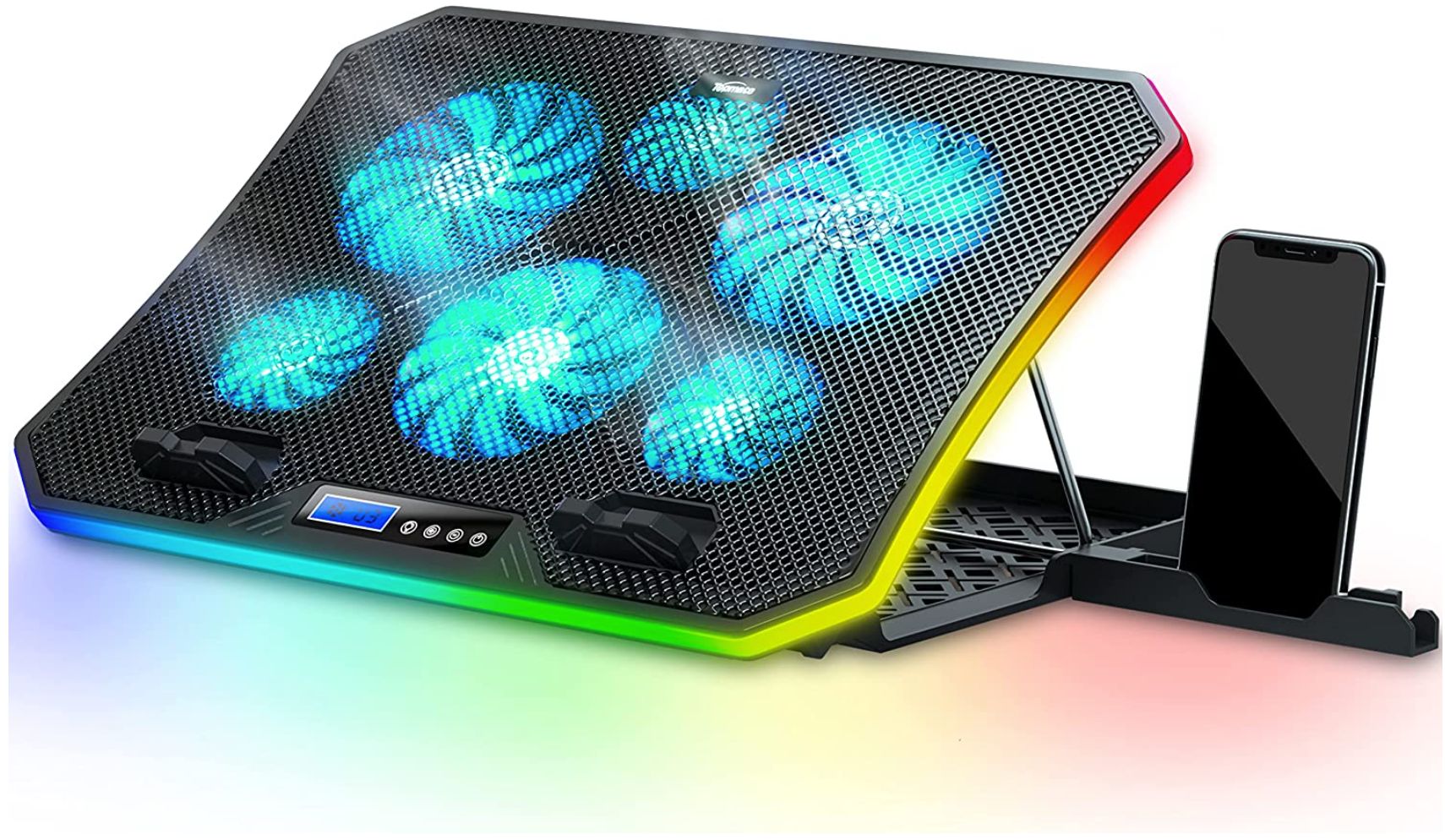USB Type-C Ports
USB Type-C ports have become increasingly popular in modern gaming laptops. These ports offer versatile functionality and improved convenience for users. The USB Type-C connector is smaller and reversible, making it easier to plug in devices without worrying about the orientation.
One of the key advantages of USB Type-C ports is their high data transfer rate. They can support USB 3.1 and Thunderbolt 3 technology, enabling lightning-fast data transfer speeds of up to 10 Gbps or even 40 Gbps, respectively. This means that you can transfer large files or back up your gaming library in no time.
USB Type-C ports are not just limited to data transfer; they also support video and audio output. With the help of a USB Type-C to HDMI or DisplayPort adapter, you can connect your gaming laptop to external monitors or TVs and enjoy stunning visuals and immersive sound.
Moreover, USB Type-C ports can deliver power to devices, thanks to the USB Power Delivery (USB-PD) standard. This means that you can charge your laptop, smartphone, or other compatible devices using a USB Type-C cable and power adapter. It eliminates the need for multiple chargers or adapters, making it more convenient for gamers on the go.
It is important to note that while USB Type-C ports are backward compatible with older USB standards, you may need to use an adapter or dongle to connect devices with different connectors. For example, if you want to connect a device with a USB-A or USB-B connector to a USB Type-C port, you will need to use the appropriate adapter.
In summary, USB Type-C ports on gaming laptops offer a wide range of benefits, including fast data transfer speeds, video and audio output capabilities, and power delivery. As these ports become more prevalent, you can expect a greater number of gaming peripherals and accessories to use the USB Type-C connector, further enhancing your gaming experience.
USB 3.0 Ports
USB 3.0 ports, also known as SuperSpeed USB ports, are a commonly found feature in gaming laptops. These ports provide faster data transfer speeds compared to their predecessors, the USB 2.0 ports.
With USB 3.0, you can experience data transfer rates of up to 5 Gbps, which is ten times faster than USB 2.0. This means that you can quickly transfer large files, such as game installations or HD videos, between your gaming laptop and external storage devices.
In addition to their impressive speed, USB 3.0 ports are also backward compatible. This means that you can still use USB 2.0 devices with USB 3.0 ports, although the transfer speed will be limited to the slower USB 2.0 rate.
USB 3.0 ports also provide more power to connected devices, delivering up to 900mA compared to the 500mA of USB 2.0. This increased power output is particularly beneficial for charging smartphones, tablets, and other devices that require higher power levels.
It’s worth noting that USB 3.0 ports have a distinct blue color on the inside to differentiate them from the traditional USB 2.0 ports. So, when looking for a USB port on your gaming laptop, keep an eye out for the blue ones to take advantage of the faster speeds.
Overall, USB 3.0 ports are a valuable addition to gaming laptops, offering faster data transfer rates, backward compatibility, and increased power delivery. Whether you’re transferring files or charging devices, USB 3.0 ports provide the speed and convenience that gamers crave.
USB 2.0 Ports
USB 2.0 ports, while not as fast as their successors, the USB 3.0 and USB Type-C ports, are still an important feature found in many gaming laptops. These ports offer reliable connectivity and compatibility with a wide range of devices.
One of the main advantages of USB 2.0 ports is their widespread support. Since USB 2.0 has been around for quite some time, most gaming peripherals and accessories are designed to be compatible with these ports. Whether you’re connecting a gaming mouse, keyboard, or external hard drive, chances are they will work seamlessly with USB 2.0 ports.
While USB 2.0 ports have a maximum data transfer rate of 480Mbps, which is significantly slower than USB 3.0 and USB Type-C, they still provide sufficient speed for everyday tasks. You can transfer files, stream audio, or connect low-bandwidth devices without any issues.
Additionally, USB 2.0 ports can also provide power to connected devices. The maximum power output of a USB 2.0 port is 500mA. This is enough to charge smartphones, tablets, and other small devices, although it may be slower compared to USB 3.0 or USB Type-C ports.
Another benefit of USB 2.0 ports is their reliability. These ports have been tested and proven over time, with many devices specifically designed to work optimally with USB 2.0 connectivity. Whether you’re gaming, transferring files, or connecting peripherals, you can expect stable and consistent performance from USB 2.0 ports.
Although USB 2.0 ports might not offer the fastest speeds or the advanced features of newer USB standards, they provide a reliable and backward-compatible option for a wide range of devices. So, if you have gaming peripherals or accessories that require USB 2.0 connectivity, you can still enjoy a seamless gaming experience on your laptop without any compatibility issues.
USB 3.1 Ports
USB 3.1 ports are an improved version of the USB 3.0 ports, offering even faster data transfer speeds and enhanced capabilities. These ports are a notable feature found in many high-end gaming laptops, providing gamers with a superior experience.
USB 3.1 ports offer a maximum data transfer rate of up to 10 Gbps, which is twice as fast as USB 3.0 ports. This means you can transfer large files, such as game installations or high-definition videos, in a fraction of the time.
One of the key features of USB 3.1 is its support for USB Power Delivery (USB-PD). This allows you to not only transfer data but also charge compatible devices using the same USB 3.1 port. With USB-PD, you can charge your gaming peripherals, smartphones, or even power-hungry devices like external hard drives or gaming controllers at a faster rate.
USB 3.1 also introduced a new connector called USB Type-C, which is smaller and reversible. USB Type-C ports provide additional benefits such as faster charging, simultaneous data and video transfer, and the ability to connect multiple devices using daisy-chaining.
Another noteworthy feature of USB 3.1 is its compatibility with Thunderbolt 3 technology. Thunderbolt 3 ports, which use the USB Type-C connector, offer even higher data transfer rates of up to 40 Gbps. This opens up a whole new world of possibilities for gamers, allowing them to connect multiple high-resolution monitors, external GPU enclosures, or other Thunderbolt-enabled devices for an immersive gaming experience.
It’s important to note that while USB 3.1 and Thunderbolt 3 share the same USB Type-C connector, not all USB Type-C ports support Thunderbolt 3. It’s essential to check the specifications of your gaming laptop to determine if it has Thunderbolt 3 capabilities.
In summary, USB 3.1 ports provide gamers with lightning-fast data transfer speeds, power delivery capabilities, and compatibility with Thunderbolt 3 technology. Whether you’re looking to transfer files quickly, charge your devices faster, or connect multiple peripherals and monitors, USB 3.1 ports offer the performance and versatility that gamers need.
Thunderbolt 3 Ports
Thunderbolt 3 ports are a powerful and versatile feature that can significantly enhance the gaming experience on laptops. These ports provide an array of benefits ranging from high-speed data transfer to advanced connectivity options.
One of the standout features of Thunderbolt 3 ports is their lightning-fast data transfer rate. With a maximum speed of up to 40 Gbps, Thunderbolt 3 is four times faster than USB 3.1 and provides unmatched performance. This means you can transfer large files, such as game installations or 4K video files, in seconds rather than minutes.
Another advantage of Thunderbolt 3 is its ability to support multiple high-resolution displays. With a single Thunderbolt 3 port, you can connect up to two 4K displays or one 5K display, expanding your gaming visuals to new levels of immersion. This is particularly useful for gamers who require a multi-monitor setup for increased productivity and an enhanced field of view.
Thunderbolt 3 ports also support external graphics processing units (eGPUs), allowing you to connect a powerful desktop-grade GPU to your gaming laptop. This enables you to enjoy graphics-intensive games and virtual reality experiences with significantly improved performance. With the ability to upgrade your graphics capabilities, Thunderbolt 3 ports future-proof your gaming laptop and offer the flexibility to adapt to evolving gaming requirements.
In addition to data transfer and enhanced visuals, Thunderbolt 3 ports also support power delivery. This means you can charge your laptop and other devices using the same Thunderbolt 3 cable and power adapter. The power delivery capabilities of Thunderbolt 3 can vary depending on the laptop, but some models can provide up to 100W of power, ensuring that your devices are charged quickly and efficiently.
It’s worth noting that Thunderbolt 3 uses the USB Type-C connector, making it compatible with USB 3.1 devices and accessories. However, it’s important to check the specifications of your laptop to ensure that the USB Type-C port supports Thunderbolt 3 functionality.
In summary, Thunderbolt 3 ports offer gamers blazing-fast data transfer speeds, support for multiple displays, the ability to connect external graphics cards, and power delivery capabilities. These ports are a game-changer for gaming laptops, providing advanced connectivity options and the potential for a truly immersive gaming experience.
USB Power Delivery (USB-PD) Ports
USB Power Delivery (USB-PD) ports are a valuable feature found in gaming laptops, offering enhanced power capabilities and convenience for charging devices. These ports provide a standardized power delivery system that allows for faster and more efficient charging.
One of the key advantages of USB-PD ports is their ability to deliver higher power levels. While traditional USB ports typically provide up to 5V/0.9A (4.5W), USB-PD ports can deliver power up to 20V/5A (100W) or even higher. This means that you can charge your gaming laptop, smartphone, tablet, or other compatible devices at a much faster rate compared to standard USB ports.
USB-PD ports also support intelligent power negotiation, allowing devices to communicate and negotiate the optimal voltage and current levels for charging. This ensures that your devices receive the right amount of power without risking overcharging or damaging the battery. Additionally, USB-PD ports are capable of bidirectional power delivery, meaning that they can both provide and receive power. This opens up possibilities for powering external devices or even charging your gaming laptop from another power source, such as a power bank.
Another benefit of USB-PD ports is their compatibility with different USB connector types. USB-PD is compatible with USB Type-C connectors, which are becoming increasingly prevalent in modern gaming laptops. This versatility allows you to use the same USB-PD port for charging various devices, including laptops, smartphones, tablets, and more. The convenience of having a single port for all your charging needs simplifies the setup and reduces the number of chargers and cables you need to carry.
It’s important to note that not all USB ports on a gaming laptop support USB-PD. Make sure to check the specifications of your laptop to determine if it has USB-PD functionality and which ports support it.
In summary, USB-PD ports offer gamers the ability to charge their devices more quickly and efficiently. With higher power delivery capabilities, intelligent power negotiation, and compatibility with various USB devices, USB-PD ports provide a convenient and flexible solution for powering your gaming laptop and other devices. Say goodbye to carrying multiple chargers and enjoy the convenience of USB-PD ports for all your charging needs.
USB-A Ports
USB-A ports, also known as USB Type-A ports, have been the standard for many years and are still commonly found in gaming laptops. These ports offer compatibility with a wide range of devices, making them an essential feature for gamers.
USB-A ports provide a reliable and versatile connection for various peripherals and accessories. Whether you’re connecting a gaming mouse, keyboard, external hard drive, or other USB devices, the chances are that they will work seamlessly with USB-A ports. This compatibility is especially useful when using older or non-standard peripherals that may not be compatible with newer USB standards.
Despite not offering the same data transfer speeds as USB 3.0, USB 3.1, or Thunderbolt 3, USB-A ports still provide sufficient speed for many common tasks. USB 2.0 ports, which are most commonly found in USB-A form, offer a maximum data transfer rate of 480Mbps. While this may not be ideal for large file transfers, it is still suitable for connecting low-bandwidth devices or transferring smaller files.
One advantage of USB-A ports is their extensive availability. Since they have been around for a long time, most gaming peripherals and accessories are designed with USB-A compatibility in mind. This means that you can easily find a wide range of devices that will work seamlessly with your gaming laptop’s USB-A ports.
It’s important to note that USB-A ports are not reversible, meaning you need to make sure to align the connector properly when plugging in devices. However, some newer gaming laptops may incorporate USB-A ports with reversible connectors, improving ease of use.
USB-A ports also support power delivery, allowing you to charge devices such as smartphones, tablets, or wireless gaming controllers. While the power output of USB-A ports is typically limited to 500mA with USB 2.0, some USB 3.0 ports can deliver up to 900mA. While this may not charge devices as quickly as USB-PD or other fast-charging technologies, it is still sufficient for many everyday charging needs.
In summary, USB-A ports offer compatibility, versatility, and reliability for gamers. They are widely supported by various peripherals and accessories. While not offering the fastest data transfer speeds or the advanced features of newer USB standards, USB-A ports provide a dependable connection for a wide range of devices and are still an essential component of gaming laptops.
USB-B Ports
USB-B ports, although less common than USB-A or USB-C ports, have their own important role in gaming laptops. These ports are primarily used for connecting specific devices that require a USB-B connector, such as printers, scanners, and some external hard drives.
USB-B ports come in different shapes and sizes. The most common type is the USB-B rectangular port, also known as USB-B Standard or USB-B Type-B. This port has a wider shape compared to USB-A and USB-C ports, with a small notch on the top or bottom to ensure proper alignment when plugging in a device.
While USB-B ports are not as versatile as USB-A or USB-C ports, they offer a secure and stable connection for devices that require it. The design of the USB-B connector ensures a solid connection, which is important for devices that might require a consistent and uninterrupted data transfer, such as high-quality printers or professional-grade audio interfaces.
It’s important to note that USB-B ports are typically used as peripheral ports rather than host ports. This means that you will most likely find USB-B ports on devices that need to be connected to a computer or gaming laptop, rather than on the laptop itself.
Since USB-B ports are not as prevalent as other USB port types, you may need to use an adapter or cable with a different connector to connect USB-B devices to your gaming laptop. For example, you might need a USB-B to USB-A or USB-B to USB-C adapter, depending on the ports available on your gaming laptop.
In summary, USB-B ports serve a specific purpose in gaming laptops by providing a reliable connection for devices that require a USB-B connector. While they might not be as versatile as other USB port types, USB-B ports are essential for connecting specialized peripherals such as printers and scanners. Just make sure to check the device’s requirements and have the appropriate adapter or cable on hand to connect USB-B devices to your gaming laptop.







